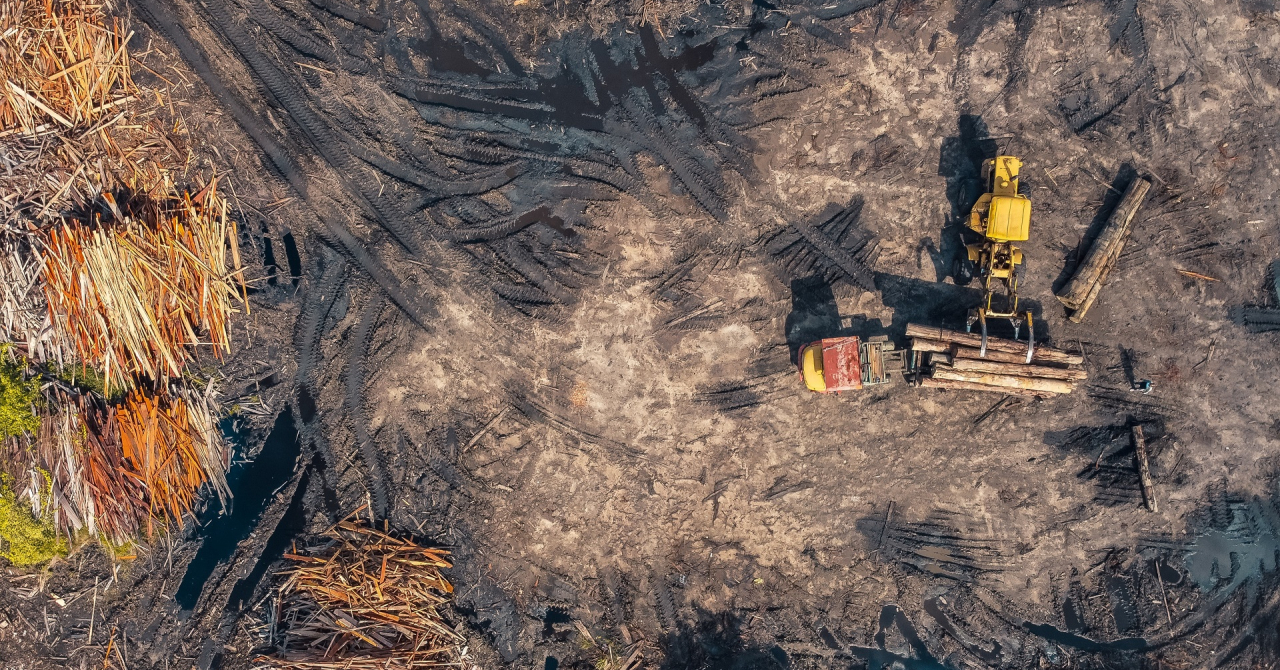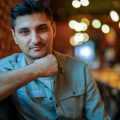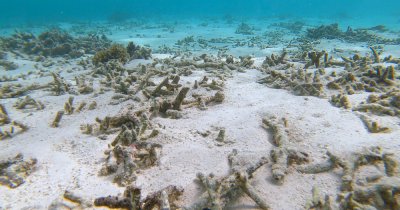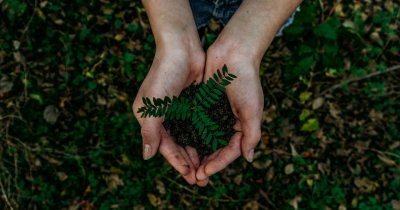Compared to 2012, the UN Food and Agriculture Organisation (FAO) predicts a massive 50% increase in demand for agricultural products by 2050. In South America, about 71% of tropical forests have been replaced by pasture, and another 14% has been lost to feed production. One of the key successes of COP26 was the commitment by world leaders to end deforestation by 2030.
From a climate and carbon perspective, we know that cutting down trees on this scale is devastating. But the impact goes deeper: 75% of the world's accessible freshwater comes from forested watersheds. With 80% of the world's population facing a threat to water security, trees play a very important role in halting desertification and preventing soil erosion. They also protect against flooding in coastal areas and are home to a large number of species, many of which are important pollinators for crops, according to Phys.

Scientists have discovered a mushroom called Lactarius indigo or blue milk cap, which grows on and around trees. These mushrooms are rich in dietary fibre and essential fatty acids and have extracts that show antibacterial properties and are believed to have the ability to destroy cancer cells.
In the paper "A novel approach to combine food production with carbon sequestration, biodiversity and conservation goals", scientists describe how to cultivate this species, from isolation in the laboratory to the creation of young tree seedlings with roots inoculated with this symbiotic fungus. These trees can then be widely planted in suitable climatic zones from Costa Rica to the USA. As the tree-mushroom partnership matures, they begin to produce these mushrooms.
Agriculture on cleared woodlands is dominated by pastoral beef production, where about 4.76-6.99 kg of protein per hectare per year is produced. But if this system were replaced by planting trees that host the milk cap mushroom, the same plot of land could produce 7.31 kg of protein each year. Mushrooms can be eaten fresh, processed or the protein content can be extracted to produce other food products.
This would lead to more food production, with all the benefits that forests bring and without the environmental burdens of intensive farming, such as fertilisers, water use or growing extra feed. Cattle farming contributes to climate change by emitting greenhouse gases, but as these fungus-inoculated trees grow, they absorb carbon from the atmosphere, contributing to our fight against the climate crisis. So as well as producing more food, the process can also improve biodiversity, contribute to conservation, act as a carbon sink for greenhouse gases and help stimulate economic development in rural areas.
 Florin Cașotă
Florin Cașotă












Any thoughts?